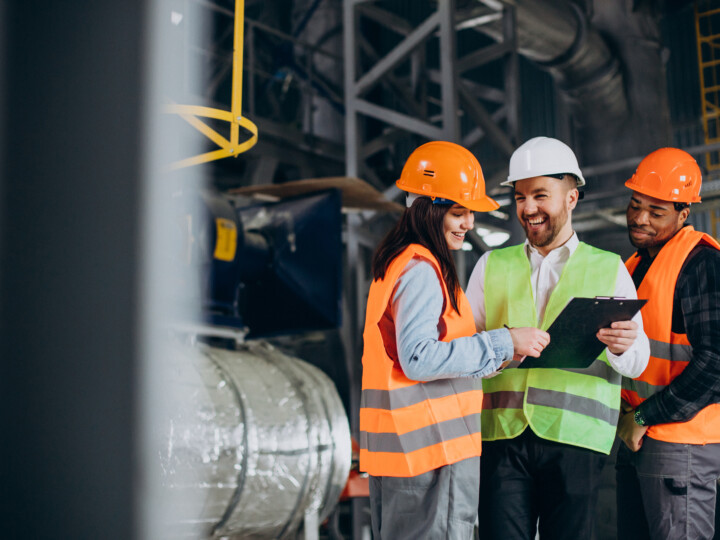What are duty holders’ responsibilities?
Here’s a list of all the duty holders and their responsibilities:
- Clients
These are organisations or individuals for whom a construction project is carried out. They must make suitable arrangements for managing the project, including appointing other duty holders and allocating sufficient time and resources. They need to regularly review and maintain these arrangements throughout the project. Additionally, they must ensure the principal designer has prepared a health and safety file for the project.
The CDM regulations only apply to commercial clients and do not apply to homeowners, such as those having a home extension. In such cases, the responsibilities fall to other duty holders like the contractor or principal contractor.
- Principal designer
These designers are appointed by the client for projects involving more than one contractor. They can be an organisation or an individual with the necessary knowledge, experience, and ability to perform the role. Their responsibilities include planning, managing, monitoring, and coordinating health and safety during the pre-construction phase. They must also assist and advise the client in providing pre-construction information, ensuring that designers and contractors have all the relevant details to fulfill their duties.
- Designers
These are the organisations or individuals who, as part of a business, prepare or modify designs for a building, product or system relating to construction work. These individuals include anyone involved in the design work and altering of the project, which could include architect as an example. This role impacts the health and safety of those constructing, working in, or even eventually demolishing the project.
- Principal contractors
These are contractors appointed by the client to coordinate the construction phase of a project where it involves more than one contractor. They are required to plan, manage, monitor and coordinate health and safety (including those to general members of the public) in the construction phase of a project. They must communicate the information with the principal designer when relevant to the planning, management monitoring and coordination of the pre-construction phase.
- Contractors
These individuals or companies are responsible for the actual construction work. They must plan, manage, and monitor the construction work under their control. This includes ensuring that all workers they employ or appoint have received a site-specific training induction, unless it is provided by the principal contractor.
- Workers
Workers are individuals who carry out tasks involved in building, altering, maintaining, or demolishing buildings or structures. They must only perform work for which they have the necessary skills, knowledge, training, and experience. Apprentices must receive appropriate training and supervision while completing their tasks.


